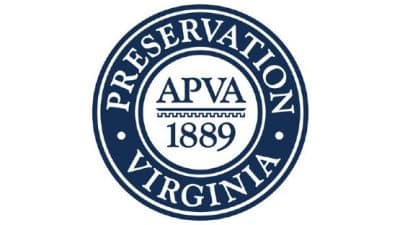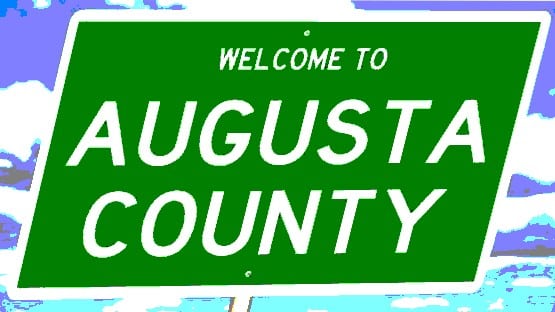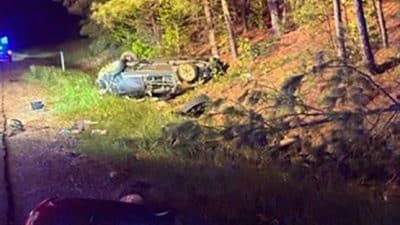
The list has brought attention to 170 sites in the Commonwealth, and encourages individuals, organizations, local and state governments to advocate for preservation and find solutions that will save these unique locations for future generations. Only 10 percent of sites listed so far have been lost to demolition or neglect.
“Historic places are at the forefront of debates about the environment, affordable housing, and smart growth,” Elizabeth S. Kostelny, Preservation Virginia CEO, said. “We need to work together to address these issues while preserving locations that still have so much to teach about our collective past and present. Once a historic place is demolished, it’s gone forever.”
Virginia’s Most Endangered Historic Places for 2023 are:
- African American Watermen Sites of the Chesapeake Bay, Regional Listing
African American watermen have been living and working in the Chesapeake Bay since the 1600s. An ambitious project to survey and document historic resources associated with African American watermen identified many important sites including shucking houses, marinas, boat building facilities, and blacksmith shops. Some watermen sites are still active and in good condition, however many suffer from vacancy and neglect. The rural, coastal locations of most watermen communities make them increasingly vulnerable to redevelopment, and recurrent flooding and sea level rise puts many at even more risk. Very few have any zoning or other protections.
- Chapman Beverly Mill, Prince William County
Located in Prince William County’s Rural Crescent, this 18th-19th century gristmill was heavily damaged in 1998 by arson. The Turn the Mill Around Campaign began the steps necessary to stabilize the mill and provide public access, but more support and funding is needed to carry out these goals.
- Dwellings of the Enslaved, Statewide
Dwellings of the enslaved embody the history of slavery and its legacies of racism, suffering, and oppression. They represent domestic spaces that sustained families and African American cultural heritage. Once widespread, few examples survive today due to weather, deferred maintenance, insensitive development, and the lack of funding for repairs and maintenance. Appropriately preserving and interpreting slave dwellings in collaboration with descendant communities could help educate the public about the lives of enslaved individuals and provide a meaningful place for conversation and healing.
- Last Headquarters of the Virginia Federation of Colored Women’s Clubs, Hampton
This ca.1925 building served as the last headquarters of the Virginia Federation of Colored Women’s Clubs after it was purchased by the Barrett-Peake Heritage Foundation. The Foundation completed partial rehabilitation of the headquarters, but is in need of support and funding to use it as a center for educating the public about the Virginia Federation of Colored Women’s Clubs and its founder, Janie Porter Barrett.
- The Town of Potomac Historic District, Alexandria
The Town of Potomac Historic District in Alexandria was formed to recognize this early 20th century suburban commuter neighborhood. In recent years, however, approximately 75 contributing buildings in the district were demolished. This “teardown” phenomenon is due in part to the lack of protections, which has allowed new owners to demolish historic, mid-size houses to build new, often outsized and out-of-character houses. Creative solutions are needed to provide additional space for homeowners, but also protect the historic buildings and maintain the character of the historic district.
- Willa Cather Birthplace, Frederick County
Famed American fiction writer and Pulitzer Prize-winner Willa Cather was born in an early 19th-century log and frame house in Frederick County. Compared to the nearby Cather family home Willow Shade, or her home in Red Cloud, Nebraska, her birthplace has received little of the recognition it merits as a literary site. The house, which was recently sold, is in poor condition and needs immediate evaluation and stabilization before it is lost.
- Historic High Schools in Virginia Cities including Maury High School in Norfolk, the Moore Street School in Richmond, Thirteen Acres School in Richmond, and the Peabody-Williams School in Petersburg
Since the Most Endangered Historic Sites program began more than twenty years ago, school buildings of all types have been listed, indicating an ongoing issue with how localities deal with historic schools. The four schools listed this year face challenges mainly due to deferred maintenance. Many examples of historic school rehabilitation and reuse exist in Virginia, whether by the local school systems or by dedicated nonprofit and alumni groups.
- Bristoe Station Battlefield
Added to Virginia’s Most Endangered Historic Places List in 2014 due to significant development pressures, the Bristoe Station Battlefield Park in western Prince William County is facing new threats from a massive warehouse development proposal. The hope is that a compromise could be met, perhaps with incentives to the owners, to at least modify the site plan to preserve a significant part of the battlefield so it can be added to already preserved battlefield land for the education and enjoyment of the public. The overall threat of large-scale industrial development to historic battlefields and other historic sites continues to be a challenge in Virginia.










